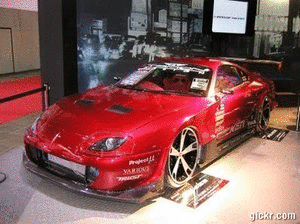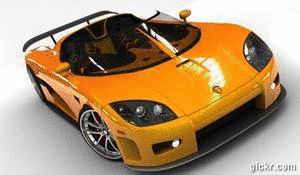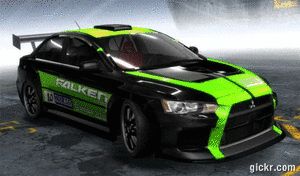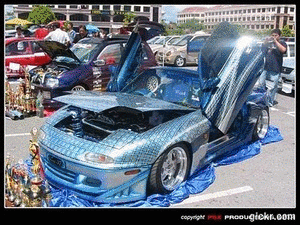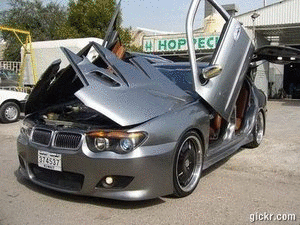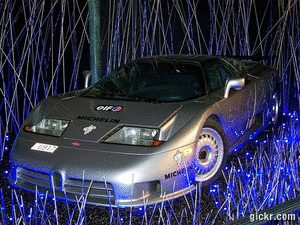oxygen sensor has one wire or four there is only one sensing wire that feedbacks information to the PCM. To find this wire you will need a car repair manual. If a trouble code is present that pertains to an oxygen heater sensor failure, replace the sensor to repair the problem. An oxygen sensor must be warm before it will operate properly.
Warning: If a malfunction exists with related components such as an engine misfire or engine vacuum leak do not perform this test. The oxygen sensor is designed to operate within a particular range, if this range is exceeded the sensor will give the appearance that it has failed.
 GM Oxygen Sensor - (appearances will vary)
GM Oxygen Sensor - (appearances will vary)Oxygen Sensor Test
Tools needed to perform these tests: Voltmeter
* Step 1 - Once the oxygen sensor sensing wire has been located connect a volt meter to the feedback wire and ground. Select the millivolt operation on the meter.
* Step 2 - Next, start and run the engine at idle until warm (about 15 minutes). Observe the voltmeter; it should bounce slightly at whatever voltage the sensor is centered at (about 150 millivolts).
* Step 3 - Continue to observe the meter and have a helper rap the throttle. The meter should drop for a split second as the mixture leans out in the first milliseconds of the throttle bore being opened. Then quickly rise for a spit second as the throttle closes and the mixture richens. The volt meter should stabilize at the original operating voltage when the engine returns to idle.
